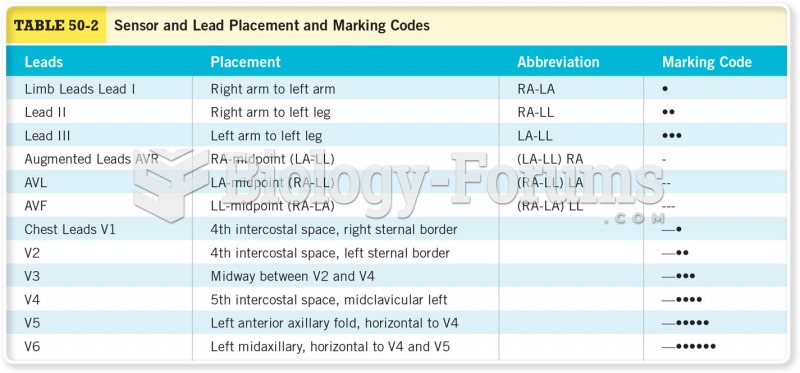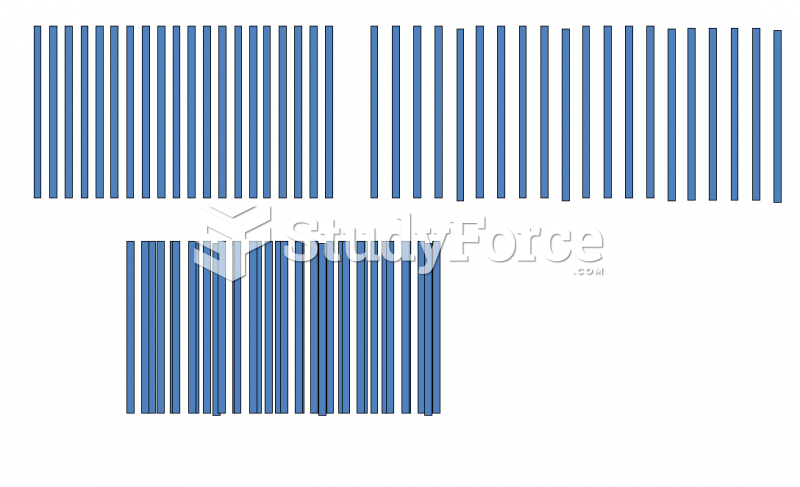Answer to Question 1
Television viewing is more than just a sedentary activity. Think about people's habits before they sit down to watch a favorite show. They turn on the television, then stop by the kitchen for a box of crackers and processed cheese. They return to watch the show, start snacking, and are bombarded with commercials about soft drinks, beer, and unhealthy foods. Viewers are enticed to purchase and eat unhealthy, calorie-dense foods in an unnecessary and mindless snacking setting.. Television viewing has been shown to reduce the number of fruits and vegetables some people consume, most likely because people are eating the unhealthy foods advertised on television. A similar result has been observed in those playing video games. Calorie intake has been found to go up regardless of the individual's hunger cues.
Answer to Question 2
You can create an environment in which exceptions become the norm, and then the norm can flourish. You may leave yourself reminders or prompts that you are likely to see as you are making healthy choices. Such reminders, also referred to as point-of-decision-prompts, have been used successfully on a public level. For example, reminders on soda machines that calories count encourage consumers to look at the calories listed by each soda selection prior to making a choice. You can also place notes to yourself on the refrigerator and pantry to avoid unnecessary snacking. Put baby carrots or sugarless gum where you used to put cigarettes. Post notes around the house to remind you of your exercise time. Leave exercise shoes and clothing by the door so they are visible as you walk into your home. Instead of bringing home cookies for snacks, bring fruit. Put an electric timer on the TV so it will shut off automatically at 7:00 p.m. All of these tactics will be helpful throughout the action, maintenance, and termination/adoption stages.







